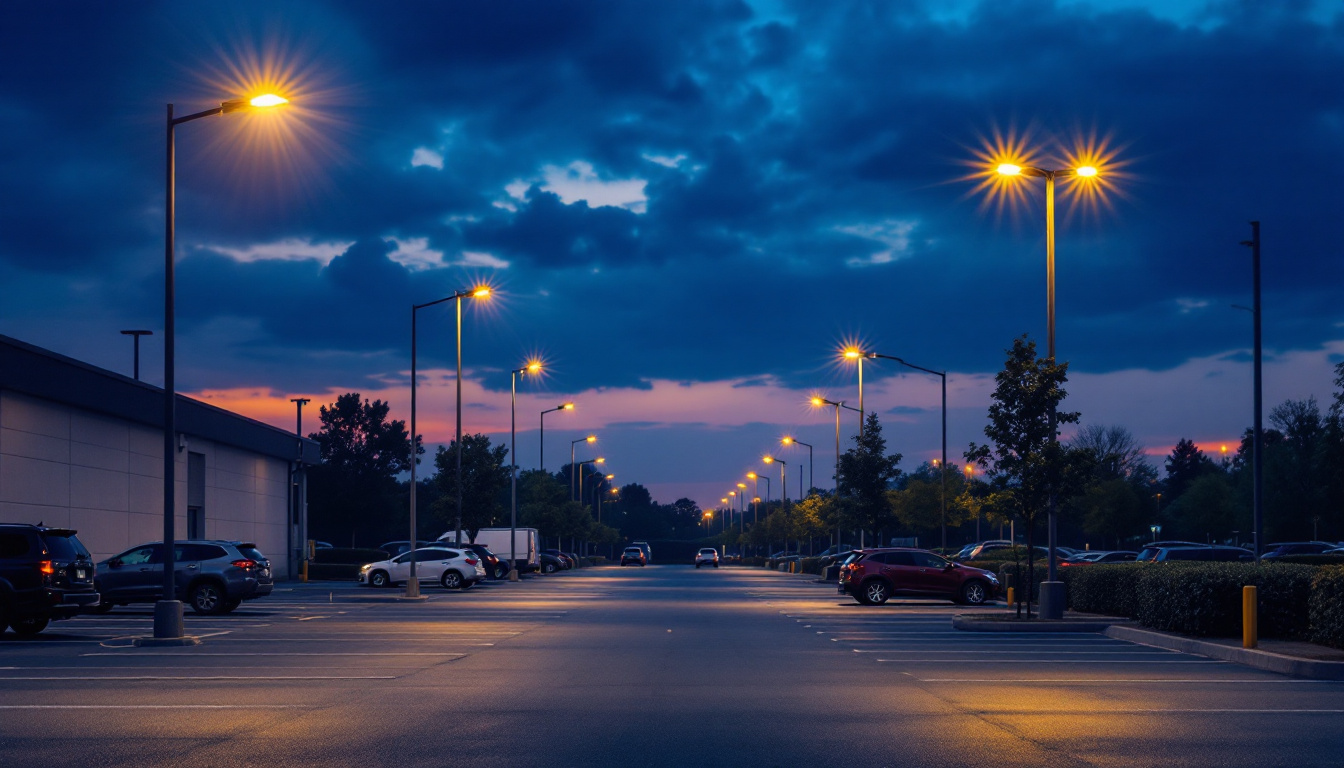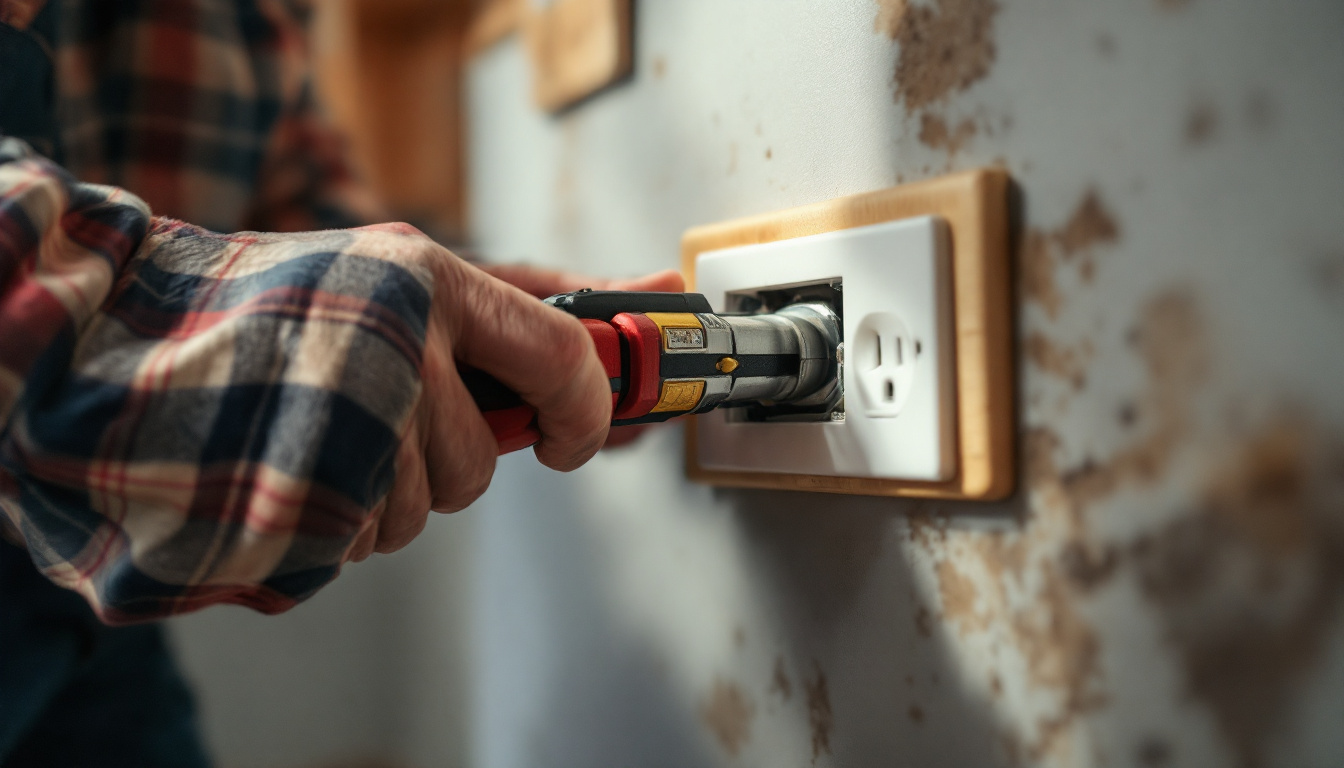In the realm of outdoor lighting, wall-mounted fixtures play a crucial role in enhancing both functionality and aesthetics. For lighting contractors, understanding the essentials of wall-mounted outdoor lighting is vital for delivering exceptional results to clients. This article delves into the key aspects of wall-mounted outdoor lighting, providing insights that can help contractors make informed decisions and elevate their projects.
Understanding Wall-Mounted Outdoor Lighting
Wall-mounted outdoor lighting fixtures are designed to be attached to exterior walls, providing illumination for pathways, patios, gardens, and other outdoor areas. These fixtures not only serve practical purposes but also contribute to the overall ambiance of a space. The right choice of wall-mounted lighting can enhance safety, security, and visual appeal. Moreover, they can create a welcoming atmosphere, making outdoor spaces more enjoyable for gatherings or quiet evenings spent outside.
In addition to their functional benefits, wall-mounted outdoor lighting can also play a significant role in highlighting architectural features of a home or landscape. By strategically placing these fixtures, homeowners can draw attention to beautiful stonework, unique landscaping elements, or even outdoor artwork, transforming a simple backyard into a stunning visual experience. The interplay of light and shadow can add depth and character, making outdoor areas feel more inviting and well-designed.
Types of Wall-Mounted Fixtures
There are various types of wall-mounted outdoor lighting fixtures, each with its unique features and applications. Some common types include:
- Sconces: These fixtures are typically mounted at eye level and can provide both ambient and task lighting. They come in various styles, from traditional to modern, allowing contractors to cater to diverse client preferences. Sconces can also be used to create a layered lighting effect when combined with other light sources, enhancing the overall aesthetic of the outdoor space.
- Floodlights: Ideal for illuminating larger areas, floodlights can be mounted on walls to provide broad, intense light. They are often used for security purposes and can be adjusted to focus on specific areas. Many modern floodlights also come equipped with motion sensors, which can further enhance security by automatically activating when movement is detected.
- Step Lights: These fixtures are designed for mounting on walls near stairs or pathways, providing safety by illuminating potentially hazardous areas. Step lights can be particularly beneficial in homes with multi-level outdoor spaces, ensuring that guests can navigate safely even in low-light conditions.
Benefits of Wall-Mounted Outdoor Lighting
Choosing wall-mounted fixtures offers several advantages for outdoor lighting projects:
- Space Efficiency: Wall-mounted lights save ground space, making them ideal for areas with limited room for free-standing fixtures. This feature is especially valuable in urban settings where outdoor space is at a premium.
- Enhanced Security: Properly placed wall-mounted lights can deter intruders and increase the safety of outdoor spaces. The visibility provided by these lights can make a significant difference in preventing accidents and ensuring that pathways remain clear and well-lit.
- Design Versatility: With a wide range of styles and finishes available, wall-mounted fixtures can complement various architectural designs and landscaping themes. From sleek, contemporary designs to rustic, vintage-inspired options, there is a wall-mounted light to suit every taste and outdoor decor.
Furthermore, many wall-mounted outdoor lighting fixtures are now designed with energy efficiency in mind. Options such as LED lights not only consume less power but also have a longer lifespan compared to traditional bulbs, making them a cost-effective choice for homeowners. Additionally, some fixtures come with smart technology features, allowing users to control their outdoor lighting remotely or set schedules for when the lights should be on or off, adding another layer of convenience and efficiency to outdoor lighting solutions.
Key Considerations for Lighting Contractors
When selecting and installing wall-mounted outdoor lighting, several factors must be taken into account to ensure optimal performance and client satisfaction. These considerations encompass everything from fixture selection to installation techniques.
Fixture Selection
Choosing the right fixtures is paramount for achieving desired lighting effects. Contractors should consider:
- Light Source: Options include LED, incandescent, and fluorescent bulbs. LEDs are often preferred for their energy efficiency and long lifespan.
- Wattage and Lumens: Understanding the required brightness for specific areas is essential. Contractors should calculate the necessary lumens based on the intended use of the space.
- Material and Finish: Outdoor fixtures must be durable and weather-resistant. Materials like aluminum, stainless steel, and high-quality plastics are commonly used.
Installation Techniques
Proper installation is critical for the effectiveness and longevity of wall-mounted outdoor lighting. Key techniques include:
- Height and Placement: Mounting height can significantly affect the light distribution. Generally, fixtures should be installed 5 to 7 feet above the ground for optimal illumination.
- Wiring and Electrical Considerations: Ensuring that all wiring is safe and compliant with local codes is essential. Contractors should also consider using weatherproof junction boxes and connectors.
- Testing and Adjustment: After installation, testing the fixtures to ensure they provide the desired light levels and coverage is crucial. Adjustments may be necessary to achieve optimal results.
Designing Outdoor Lighting Layouts
Creating an effective outdoor lighting layout involves strategic planning and a keen understanding of the space being illuminated. Lighting contractors must consider various elements to design a cohesive and functional lighting scheme.
Assessing the Space
Before designing a lighting layout, contractors should conduct a thorough assessment of the outdoor space. This includes:
- Identifying Key Areas: Determine which areas require illumination, such as walkways, entryways, and recreational spaces.
- Evaluating Natural Light Sources: Understanding how natural light interacts with the space can help in determining where additional lighting is necessary.
- Considering Client Preferences: Engage with clients to understand their vision and preferences for outdoor lighting, as this will guide the design process.
Creating a Balanced Lighting Scheme
A well-balanced lighting scheme combines various types of lighting to achieve the desired effect. Key components include:
- Ambient Lighting: Provides overall illumination for the space. Wall-mounted fixtures can contribute to this by casting light evenly across areas.
- Task Lighting: Focused lighting for specific activities, such as reading or cooking outdoors. Wall-mounted fixtures can be strategically placed to serve these purposes.
- Accent Lighting: Highlights architectural features, landscaping, or artwork. Wall-mounted fixtures can be used to create dramatic effects and draw attention to focal points.
Energy Efficiency and Sustainability
As energy efficiency becomes increasingly important, lighting contractors must prioritize sustainable practices in their projects. Wall-mounted outdoor lighting can be designed with energy efficiency in mind, benefiting both clients and the environment.
Choosing Energy-Efficient Fixtures
Opting for energy-efficient lighting solutions is a key step in promoting sustainability. Contractors should consider:
- LED Technology: LEDs consume significantly less energy than traditional incandescent bulbs and have a much longer lifespan, making them a cost-effective choice in the long run.
- Smart Lighting Systems: Integrating smart technology allows for remote control and automation of lighting, enabling clients to reduce energy consumption by adjusting lighting based on their needs.
- Solar-Powered Fixtures: For areas with ample sunlight, solar-powered wall-mounted lights can provide an eco-friendly lighting solution without the need for electrical wiring.
Implementing Sustainable Practices
Beyond choosing energy-efficient fixtures, contractors can adopt various sustainable practices, including:
- Recycling Materials: When replacing old fixtures, contractors should consider recycling materials whenever possible to minimize waste.
- Using Sustainable Materials: Selecting fixtures made from recycled or sustainably sourced materials can further enhance the environmental responsibility of a project.
- Educating Clients: Providing clients with information on the benefits of energy-efficient lighting can encourage them to make informed choices that align with sustainable practices.
Safety and Compliance
Safety is paramount in outdoor lighting installations. Lighting contractors must adhere to safety standards and local regulations to ensure that their projects are compliant and safe for use.
Understanding Local Codes and Regulations
Before beginning any outdoor lighting project, contractors should familiarize themselves with local codes and regulations. This includes:
- Electrical Codes: Compliance with electrical codes ensures that installations are safe and reduce the risk of electrical hazards.
- Building Codes: Understanding building codes related to outdoor lighting can prevent issues during inspections and ensure that the project meets all necessary requirements.
- Permitting Requirements: Some municipalities may require permits for outdoor lighting installations, particularly for larger projects or those involving significant electrical work.
Ensuring Safety During Installation
Contractors should prioritize safety during the installation process by following best practices, such as:
- Using Personal Protective Equipment (PPE): Wearing appropriate PPE, such as gloves and safety glasses, can help protect contractors from potential hazards.
- Implementing Safe Work Practices: Ensuring that ladders and tools are used safely can prevent accidents and injuries during installation.
- Conducting Post-Installation Inspections: After installation, conducting thorough inspections can identify any potential issues and ensure that the lighting is functioning correctly.
Conclusion
Wall-mounted outdoor lighting is an essential component of any outdoor lighting project, offering both functional and aesthetic benefits. For lighting contractors, understanding the various types of fixtures, installation techniques, design considerations, and sustainability practices is crucial for delivering high-quality results.
By prioritizing energy efficiency, safety, and compliance, contractors can enhance their reputation and ensure client satisfaction. As the demand for outdoor lighting solutions continues to grow, staying informed about the latest trends and technologies will empower lighting contractors to excel in their field.
Ultimately, the right approach to wall-mounted outdoor lighting can transform outdoor spaces, creating inviting environments that clients will appreciate for years to come.
Illuminate with LumenWholesale
Ready to elevate your outdoor lighting projects with the best in spec-grade fixtures? LumenWholesale is your trusted partner, offering an exceptional range of wall-mounted outdoor lighting solutions at unbeatable wholesale prices. Say goodbye to inflated markups and hello to superior quality, reliability, and performance. With our commitment to hassle-free bulk buying and free shipping, you can ensure your projects shine without breaking the bank. Discover the perfect blend of quality, affordability, and convenience. Visit LumenWholesale now for Wholesale Lighting at the Best Value and transform your outdoor spaces with confidence.




